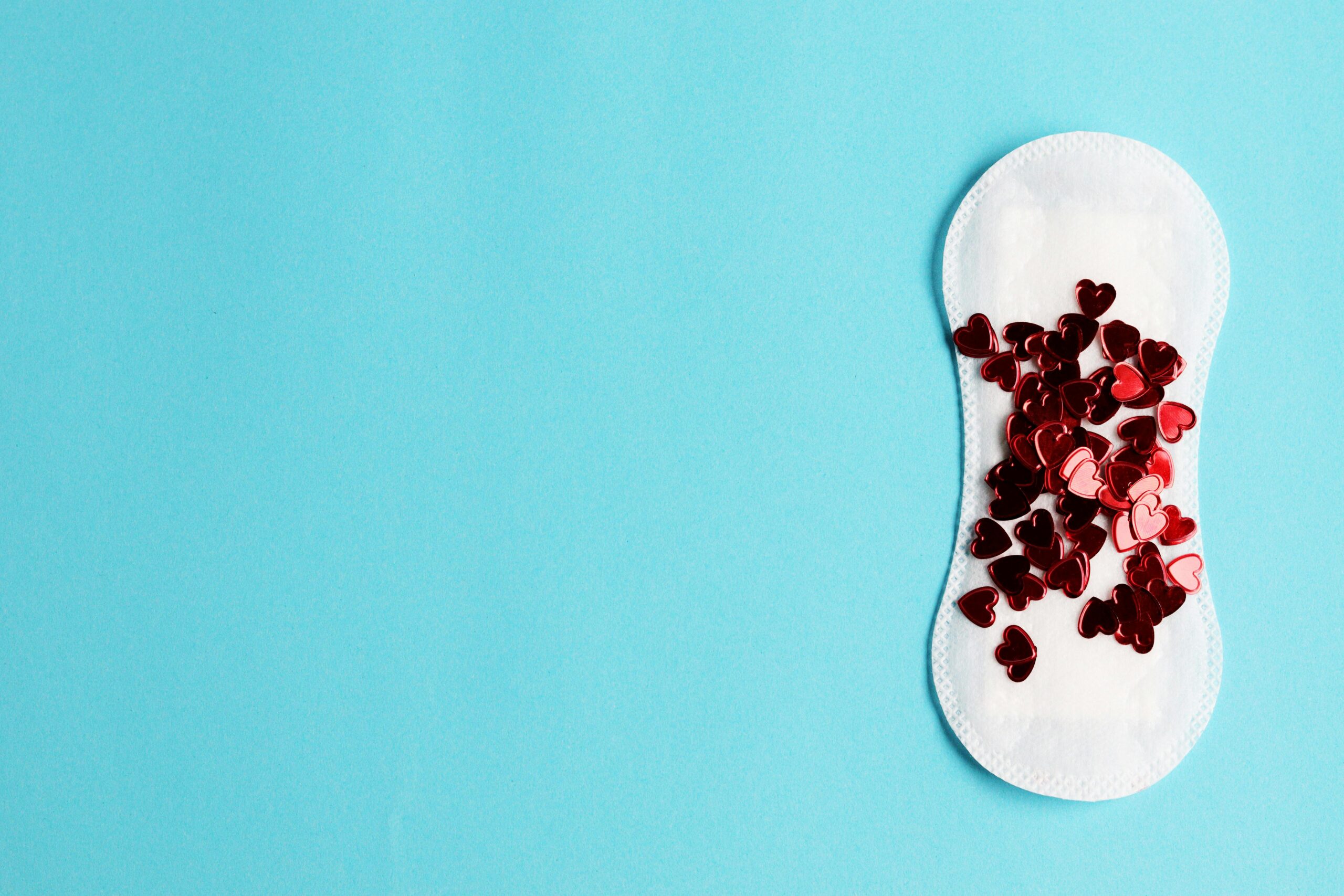There’s a sense of freedom that kicks in for menstruators once that dreaded time of the month is over — a skip in your step knowing that the next one is as far away as it can be. But once the period is over and done with, its legacy lives on in the form of waste. Since the sanitary pads made by the big players, all contain plastic and, therefore, cannot degrade naturally, do we ever stop to think about what happens to them once we toss them in our bins?
It’s likely to end up in a landfill where waste pickers like Delhi-based Manwara Begum have to sort through it with their hands. “People don’t even wrap the pad properly; they just throw it like that with their dry waste. We have to separate it to make a living. No one thinks about the person who is picking their waste — we are also human beings.”
There is no denying that sanitary napkins have been a boon for many Indian women, liberating them from the monthly ritual of washing and drying their menstrual cloth. Some didn’t even have access to clean cloth and used dirty rags or newspapers instead. Even now, only an estimated 121 million Indian women use sanitary napkins, according to NFHS 2015-16 figures. This is 36% of women who menstruate. But even that is generating 12.3 billion napkins — that is 1,13,000 tons of waste — every year, according to a recent study.
NOT ENOUGH INCINERTAORS:-
The reason the waste ends up in landfills is that there are not enough incinerators — only a few schools, airports, and malls have them. Sanitary waste should be collected and transported to biomedical waste incinerators, but there are only a few hundred of those in the country.
Small-scale incinerators have their own problems. “On-site incinerators break down easily and are not maintained well. In some of them, there is no information on where to put the pad, how to discard the pad properly. These small machines also don’t burn at high enough temperatures to fully burn the plastic in the pads. In many cases, there is no proper ventilation pipe, so people are breathing in those fumes released from the incinerator.”
CLOGGING RURAL PONDS:-
In rural India, pads are most often disposed of in local water bodies, in part due to not having dustbins in homes or schools, and due to stigma around menstruation. Girls in schools would carry their used pads home because there was no disposal mechanism in schools, and 78% of the women interviewed would bury them or dispose of them alongside ponds. It can also cause women to wear their pads for longer than they wish or ought to. “It’s uncomfortable and you may feel itchy, or even get an infection.” Open burning is another common method in rural India through SWM rules urge people to avoid this due to the associated health and environmental concerns. The other practice seen across the country is flushing used sanitary napkins which can cause drains to clog.
When it comes to solutions to this problem, there is no one simple answer. A multi-pronged strategy is required with efforts from a variety of stakeholders. There is a need to invest in technology to find solutions.
PAD TO PAPER:-
“The pulp from the waste is used to make paper products and can have applications in the textile and chemical industries.” They create everything from diaries and calendars to paver blocks out of recycled napkins. The non-recyclable plastic from sanitary napkins has also been harvested by them to the extent possible — they use some of it to make paver blocks, and the rest in the production of their own bins. Recently, they have expanded to housing societies and community-based projects, including a recent one in Mahableshwar and an upcoming one in Darjeeling. Housing societies are where they want to focus on most moving forward, since that’s where most of the sanitary waste is.
GO GREEN OR RED:-
At an individual level, segregating one’s sanitary waste is important. The sustained campaign encourages menstruators to put a red dot on the bag containing sanitary waste.
There are also greener and reusable alternatives like cloth pads, menstrual cups, discs, and period panties. But this has its own issues — how many have the privacy, alone the water supply, to these products? Besides, the obsession with virginity makes many mothers reluctant to allow use of cups and tampons. Plus, a fundamental level, the question is whether the onus of this large-scale problem should be on individual menstruators at all.
“We need extended producer responsibility. You’re not putting in any resources to make it easy to dispose of. They are meant to give a biodegradable bag with it, but these standards are not being enforced.” (If you’re selling them, getting rid of them is also your responsibility.) Suggesting an arrangement where waste pickers are paid extra to transport pads to disposal facilities run by the manufacturers themselves.





